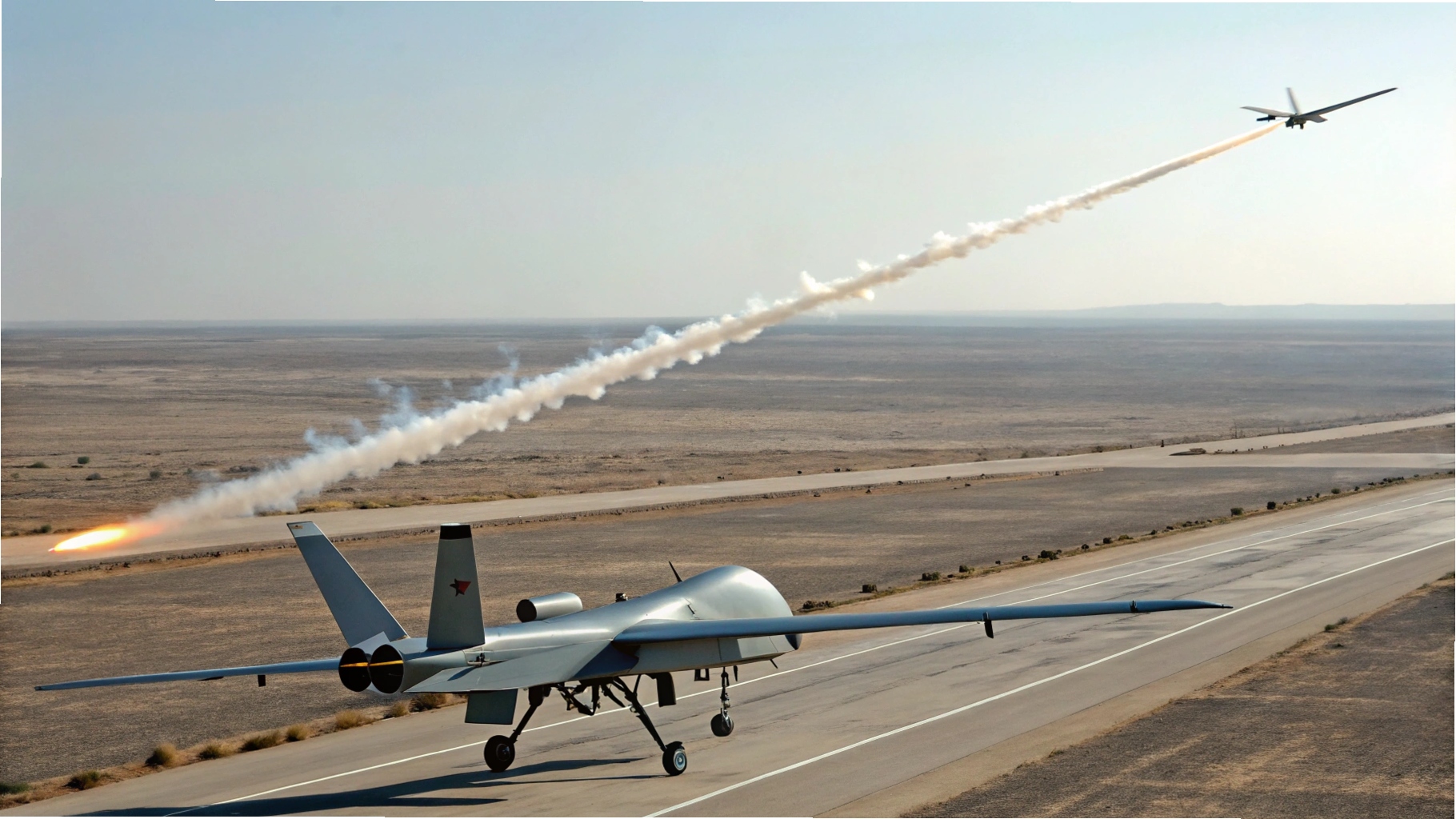
Latvia and Estonia have partnered to enhance cross-border drone defense as part of an EU initiative, combining mobile counter-drone systems with autonomous interceptor drones for rapid and cost-effective threat neutralization. The counter-drone system uses AI-assisted radar, optical sensors, and radio-frequency jamming to detect and disable aerial threats up to several kilometers away, while interceptor drones can engage fast-moving targets with high-explosive or impact-based methods, deployable in under ten minutes. In India, a major consortium has formed to develop next-generation fighter jets under a national multirole aircraft program, integrating aerospace platforms with advanced electronics expertise. In the US, an autonomous weapon system is being adapted for maritime operations, leveraging AI, computer vision, and control software to improve precision engagement for naval special operations. A high-speed counter-drone missile system has been awarded a contract to expand multi-mission capability, including reconnaissance and electronic warfare, with ongoing production and international partnerships. Production and delivery agreements for a multirole stealth fighter continue, adding to a growing fleet operated by multiple nations. Tactical communication headsets have been contracted for elite units, enhancing secure voice and situational awareness, with specialized systems even for military working dogs. Finally, a rapid-deploy mobile mast has been unveiled to extend drone communications on frontlines, and Serbia has introduced a domestic UAV equipped with guided munitions, adding precision strike capability to reconnaissance platforms.




